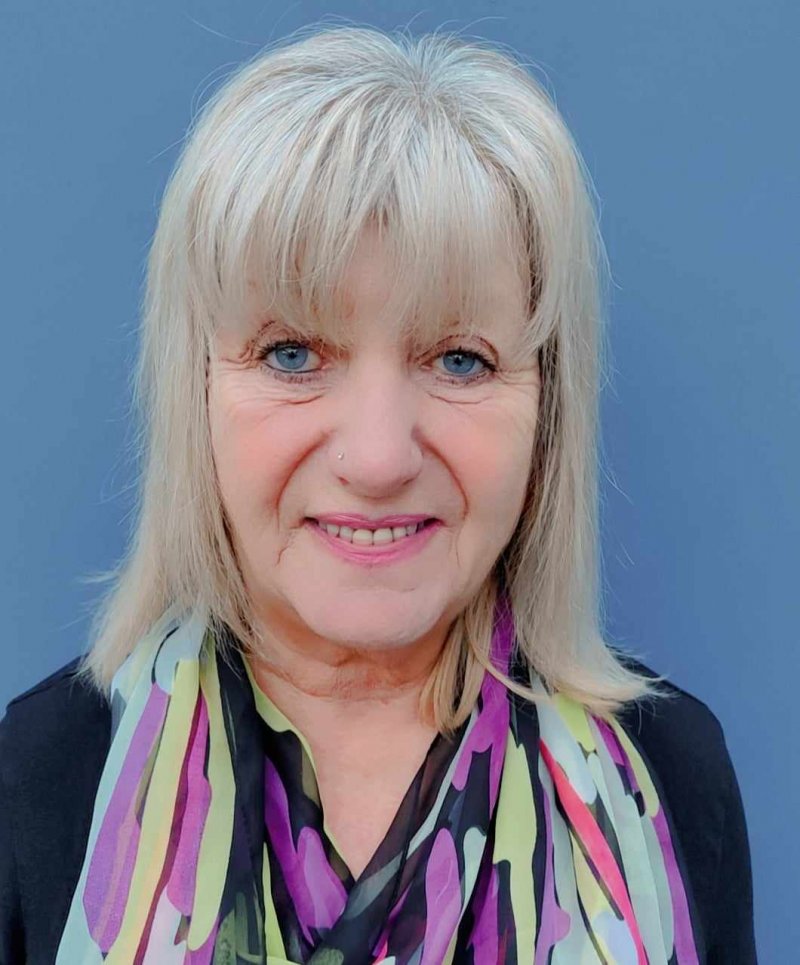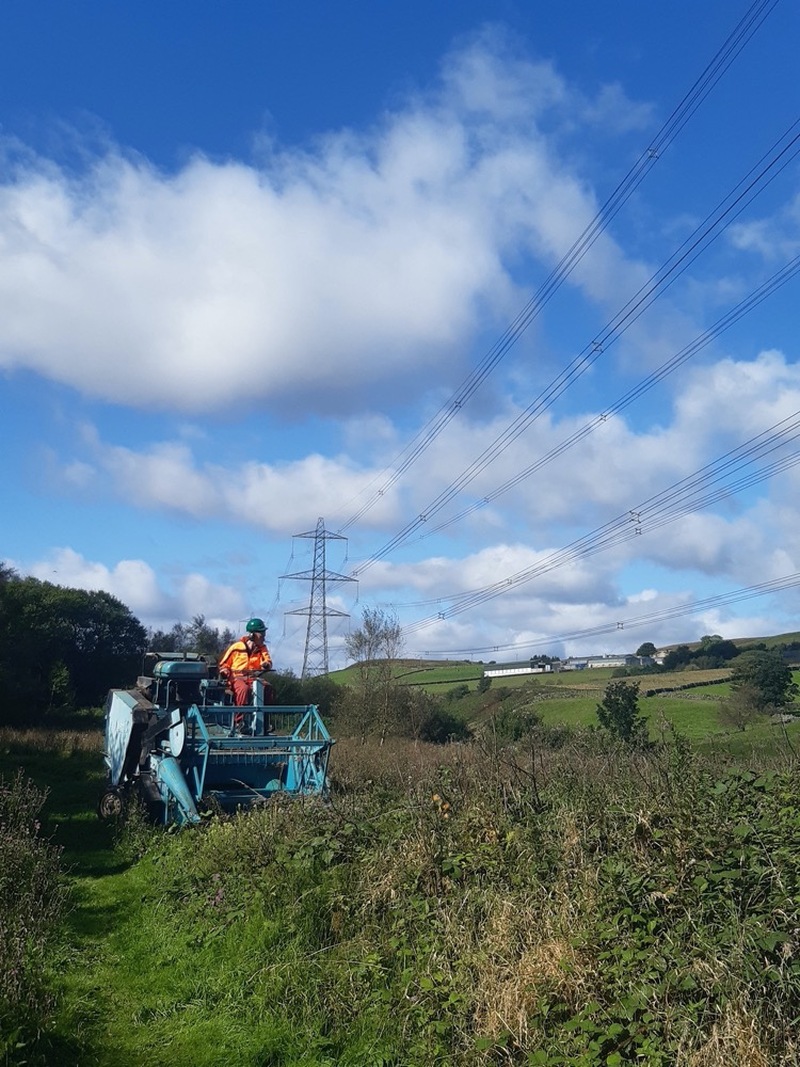A GROUND-BREAKING scheme which removed pylons to channel cabling underground - which campaigners said would decimate wildlife at one of the borough’s most picturesque locations - has had the opposite impact, according to leaders behind the project.
The National Grid’s £43m work at Dunford Bridge was one of the first schemes in the world to remove high-voltage electricity transmission infrastructure, which had been in place since the 1960s.
Naturalists - backed by groups including Woodhead Railway Heritage Group and Barnsley Biodiversity Trust - have continually objected to the project on grounds that it would ‘destroy’ the area’s rich flora and fauna at a ‘much-loved’ nature reserve home to willow tits, blackcaps and deer.
However, National Grid bosses said the scheme has improved biodiversity at the site by 18 per cent.
A team - including RSK Group and the National Grid’s contractor Morgan Sindall - managed the environmental impact of the project and facilitated its net gain ambitions.
To achieve the level of biodiversity net gain, the baseline level of ten per cent was secured through off-site planting in nearby areas and a further eight per cent through on-site gains.
The additional eight per cent was gained by utilising the expertise of arboriculturists, ecologists, habitat managers and landscape architects to find opportunities and solutions.
The opportunities identified included reducing the need for tree felling by preserving healthy vegetation, planting stronger trees across the site and seed harvesting to conserve the seedbank for replanting.
Georgina King, from RSK Group, said: “Owing to the location of the scheme, there was the opportunity to conserve and enhance the surrounding environment and its unique biodiversity, which was achieved beyond the levels stipulated in new biodiversity net gain legislation.
“The delivery of 18 per cent biodiversity net gain on this project is of vital significance in protecting and enhancing the natural landscape of our national parks.
“We are continually learning how to apply in practice the new biodiversity net gain legislation - achieving nearly double the legislated level demonstrates the impact of this policy on the ground and how much we can do to enhance our natural landscapes when delivering important development works.”
In addition to protecting and conserving the national park area, it was noted that the site was situated within and next to the Wogden Foot local wildlife site, which is a known nesting habitat of endangered bird species.
As a result, a portion of the work focused on the ecological enhancement of these areas of the site, so they were suited to these species, and ensuring the birds were undisturbed.
Georgina added: “This project is also significant as it was able to successfully secure the nesting sites of local willow tit populations, which is a red-listed species.
“Due to the presence of such an important species in the area, extra care was taken to find solutions that would protect its habitat.
“This included retaining parts of felled trees that had features that support willow tits in nesting.
“These branches were then grafted to the remaining trees, so that birds could continue to nest in the area.”
The project is now entering its last stage, which will involve the scattering of seeds collected at the beginning of the project.
Replanting the same plant species will ensure the site is returned to its original condition and the natural biodiversity of the area is supported to recover, leaders said.
Senior environmental advisor at Morgan Sindall, Claire Briggs, said: “This was a challenging project with numerous environmental risks and requirements.
“The breadth of services provided by RSK allowed us to tackle the project in the most streamlined way possible, and the agility of the teams to work collaboratively, share information and respond to additional scope, changing programmes and delivery requirements often at very short notice, exceeded our expectations.
“We have ultimately managed to deliver a quality project in an extremely sensitive location, leaving behind a positive legacy in this area for generations to come.”


























